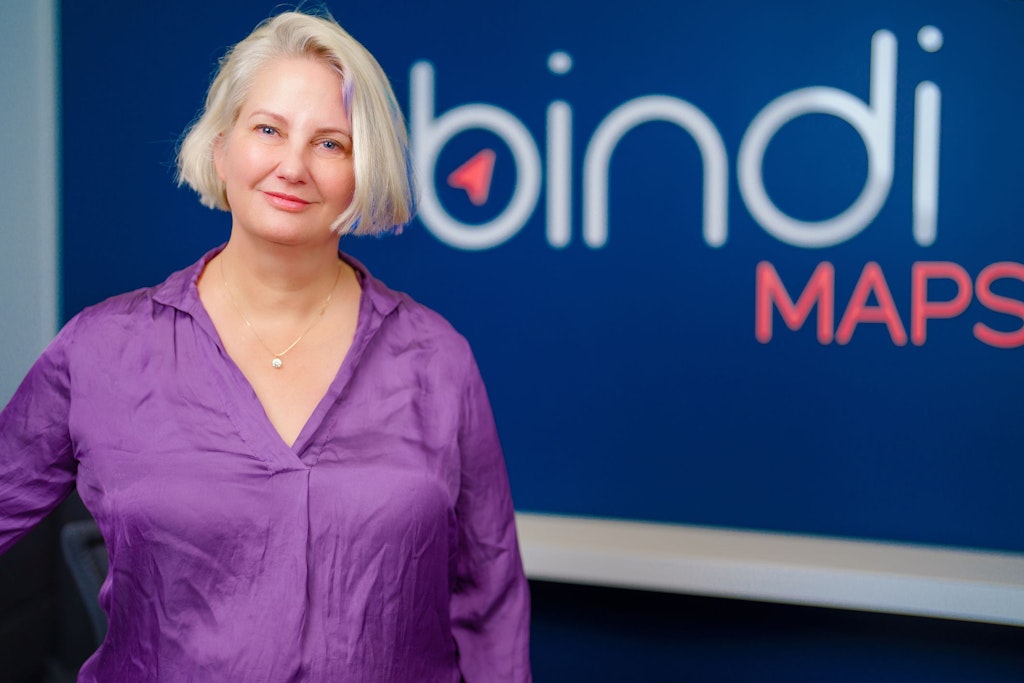Meet BindiMaps — accessible indoor navigation for hospitals
![The BindiMaps app can assist with navigating a busy hospital and access key areas at the Peter MacCallum Cancer Centre. [Source: Supplied]](https://agedcareguide-assets.imgix.net/news/articles/wp/Maccallumcancentre.jpg?fm=pjpg)
Key points:
- Nearly 20 percent of the Victorian population live with disability
- Nationally, 42 percent of people with disability reported experiencing poor health, compared to just seven percent of adults without a disability
- 12 percent of people with disability in Australia reported difficulty in accessing medical and health care support facilities
Patients, staff and visitors of Victorian Hospital, Peter MacCallum Cancer Centre, are being supported through the launch of an accessible digital wayfinding service — BindiMaps. The indoor digital floor-plan and navigation system is an app which can offer 10 to 20 times higher accuracy than traditional GPS services.
Those accessing the facilities at Peter MacCallum Cancer Centre — including, in particular, those with vision impairment or disability — can download the mobile app and precisely navigate the hospital with significantly greater ease and accuracy.
BindiMaps was designed to use sophisticated navigation algorithms and a network of Bluetooth beacons, in addition to smartphone sensors, to offer users a choice of audio directions, text, or map view throughout the hospital.
Hundreds of blind and vision impaired users contributed to the design, to ensure the highest degree of accessibility and to provide accurate, real-time and step-by-step directions to any destination in the Centre.

Anna Wright, founder and chief executive officer [CEO] of BindiMaps, said the confusing nature of hospital design and navigation — signposting, the language used in medical settings and the number of interweaving corridors — may feel intimidating.
“[…] When you add a disability or vision impairment into the mix — which is the case for a high proportion of hospital users — it can lead to heightened frustration and significant difficulty in accessing essential services,” Ms Wright said.
Studies of digital wayfinding tools for people with visual impairments have found wayfinding support increases confidence and autonomy, which is crucial for quality of life.
“The truth is, static signage cannot keep up with the evolving nature of hospitals, which is where BindiMaps’ proprietary accessible wayfinding technology could make all the difference.”
BindiMaps partnered with St Vincent’s Hospital Sydney and the Sydney Eye Hospital, New South Wales, to improve accessibility for patients and visitors. Most users searched for medical wards and departments, bathrooms, and entrances and exits, according to data collated by BindiMaps in the two hospitals.
Dr David Speakman, senior doctor and former chief medical officer [CMO] at Peter MacCallum Cancer Centre, said the BindiMaps system provided an additional level of support to people coming to the Centre.
“While it’s designed to assist those with vision impairment, the system is also available to help anybody who downloads the app to navigate a busy hospital and access some of the key areas at Peter Mac.”
According to BindiMaps, there is a high need to improve accessible wayfinding in the Australia-wide hospital system, for the sake of patients and visitors, to improve staff satisfaction and retention and, critically, to reduce the burden on our healthcare system as a whole.